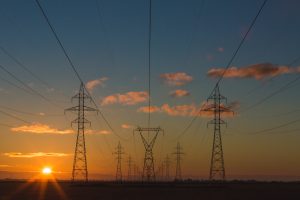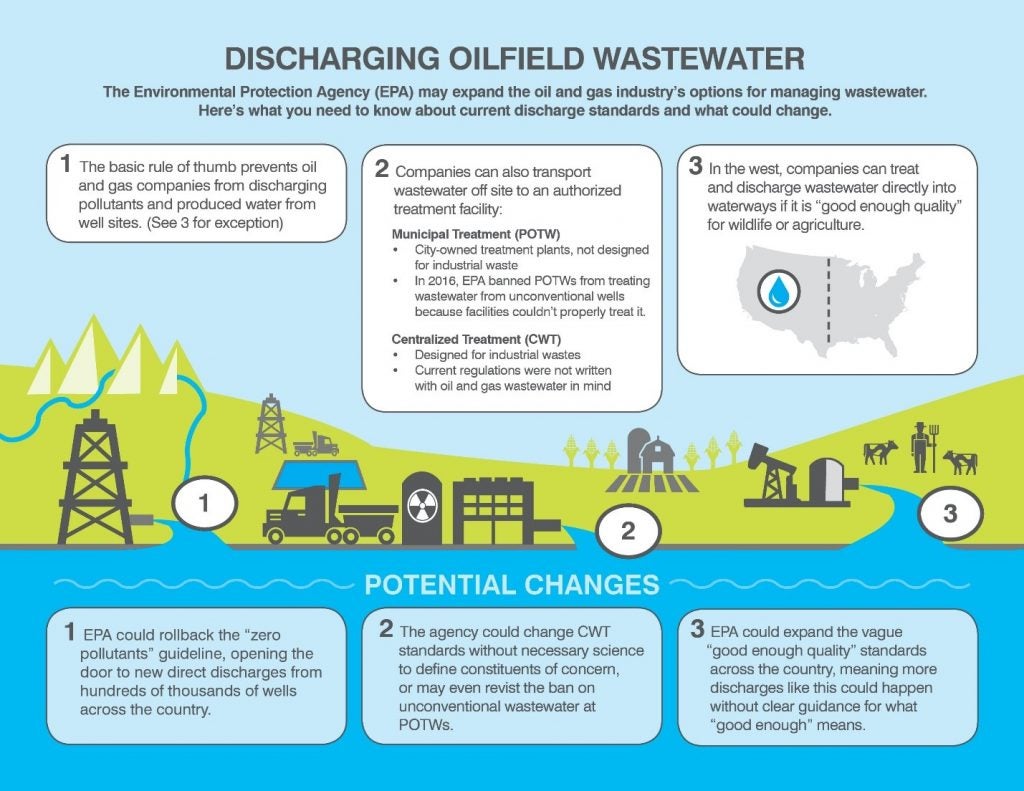 Since 2017, ExxonMobil has expanded its U.S. methane leak detection program, committed to its first global methane target, supported methane monitoring technology innovation and encouraged the U.S. Environmental Protection Agency (EPA) to regulate methane emissions at new and existing sources. Although Environmental Defense Fund (EDF) and ExxonMobil are not always aligned on certain important issues, the organizations are working together to understand and reduce methane emissions. Ben Ratner, senior director with EDF+Business, sat down with Matt Kolesar, regulatory manager at ExxonMobil’s XTO Energy affiliate, to discuss the company’s perspective on why methane is such a key issue for the industry and how technology and regulation can accelerate industry’s progress.
Since 2017, ExxonMobil has expanded its U.S. methane leak detection program, committed to its first global methane target, supported methane monitoring technology innovation and encouraged the U.S. Environmental Protection Agency (EPA) to regulate methane emissions at new and existing sources. Although Environmental Defense Fund (EDF) and ExxonMobil are not always aligned on certain important issues, the organizations are working together to understand and reduce methane emissions. Ben Ratner, senior director with EDF+Business, sat down with Matt Kolesar, regulatory manager at ExxonMobil’s XTO Energy affiliate, to discuss the company’s perspective on why methane is such a key issue for the industry and how technology and regulation can accelerate industry’s progress.
Energy Exchange
EDF and ExxonMobil discuss technology and regulation to reduce methane emissions
NYC’s small businesses want congestion pricing
 Most people following New York City’s traffic and transit problems understand that more traffic and congestion is bad for air quality and commute times. And they know that the city’s buses and subway system need significant improvements to get people from here to there faster.
Most people following New York City’s traffic and transit problems understand that more traffic and congestion is bad for air quality and commute times. And they know that the city’s buses and subway system need significant improvements to get people from here to there faster.
The impact of New York City’s traffic and transit woes on small businesses, however, is often overlooked. New York City is teeming with small businesses that depend on quick, smooth and reliable transit for their employees and customers. The harder the commute, the more likely an employee will be late, or the easier it is for a customer to say “not today.”
That’s why small business owners are some of the most enthusiastic supporters of congestion pricing.
Texas Public Utility Commission defends competitive markets, customer interests
 The Texas Public Utility Commission (PUC) might not be a household name, but electricity customers across Texas have plenty of reason to be thankful for its latest actions.
The Texas Public Utility Commission (PUC) might not be a household name, but electricity customers across Texas have plenty of reason to be thankful for its latest actions.
Over the past month, the PUC has made some key decisions to protect Texas’ competitive electricity markets and make sure all Texans have access to affordable and clean electric energy.
As we move toward the hot summer months and ERCOT projects record demand and potential grid alerts, these policy moves will hopefully be paired with further support of tools like distributed energy resources to ensure a reliable and resilient grid.
Fixing regulatory pitfalls could reduce methane emissions
 A version of this piece originally ran in Scientific American.
A version of this piece originally ran in Scientific American.
Methane has long been recognized as a potent greenhouse gas, but preventing its escape from industrial facilities has only recently become a prominent goal. The oil and gas industry, for example, is a large emitter, and research (including some by scientists at the Environmental Defense Fund) has documented that far more methane seeps out of wells, pipelines, valves and other points in the supply chain than energy companies and official emissions inventories report.
This revelation has people worried—people like me, who are concerned about the health and future of humanity. And people like the CEOs of global oil and gas companies, including BP and ExxonMobil, who have voluntarily pledged to reduce methane emissions. Increasingly, investors, public officials and neighbors living near oil and gas infrastructure have become worried, too.
API attacks on methane safeguards contradict science and drag the industry backwards
 Methane is a powerful pollutant responsible for more than 25 percent of climate change we experience today—and the oil and gas sector is the largest industrial source of methane emissions. Recent scientific evidence only underscores the importance of addressing methane emissions from the oil and gas industry.
Methane is a powerful pollutant responsible for more than 25 percent of climate change we experience today—and the oil and gas sector is the largest industrial source of methane emissions. Recent scientific evidence only underscores the importance of addressing methane emissions from the oil and gas industry.
Unfortunately, at the request of the American Petroleum Institute (API) and others in industry, the Trump administration has issued a proposal to dramatically weaken common sense standards that address oil and gas emissions, allowing for an increase in pollution. In addition, reports suggest that EPA is moving forward with a second proposal that could entirely remove the direct regulation of methane in the oil and gas sector, which would fly in the face of the well-established scientific record documenting the harms of this powerful pollutant and would disregard the substantial amount of pollution emitted from oil and gas sources.
Trump’s EPA may weaken restrictions on disposal of oilfield wastewater — here’s what you need to know
Many Americans are aware that we are experiencing a major energy boom. But what many folks may not realize is that with this increase in oil and gas, also comes an increase in waste – specifically wastewater. In fact, for every barrel of oil produced wells can generate 10 times as much chemical-laden wastewater. All told, the industry produces over 900 billion gallons of wastewater a year, and we know very little about the chemicals in it.
Traditionally, companies have pumped this wastewater deep underground, but the growing volume is creating new challenges– leading many to wonder whether there may be different options for managing or reusing it. One of those options is treatment and discharge to rivers or streams.










